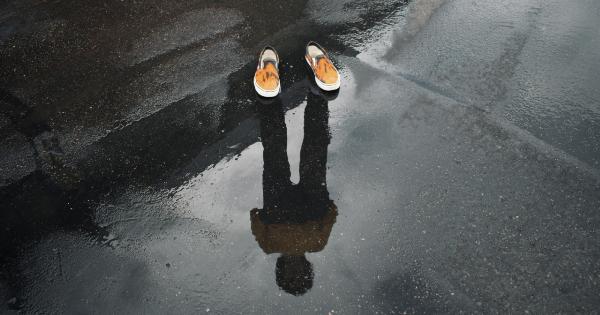Do you often experience cold feet and legs even when it’s warm outside? This could be a sign of poor blood flow, which can lead to a range of health problems if left untreated.
In this article, we’ll explore the link between cold legs and poor circulation and provide some tips to help improve blood flow in your lower body.
What Causes Poor Blood Flow in Legs?
There are several factors that can contribute to poor blood flow in the legs. Some of the most common causes include:.
- Sedentary lifestyle
- Smoking
- Peripheral artery disease (PAD)
- Diabetes
- Obesity
- Raynaud’s disease
Each of these factors can affect the flow of blood to the legs, resulting in coldness and discomfort. In some cases, poor blood flow can lead to more serious health conditions such as blood clots, ulcers, and deep vein thrombosis.
Signs of Poor Circulation in Legs
In addition to coldness and numbness, poor circulation in the legs can result in a range of symptoms. These may include:.
- Swelling in the lower legs and feet
- Cramping in the legs and feet
- Pain while walking or exercising
- Varicose veins
- Slow healing of wounds on the feet and legs
How to Improve Blood Flow in Legs
If you’re experiencing cold legs and other symptoms of poor circulation, there are several things you can do to improve blood flow and prevent further damage. Here are a few tips:.
Exercise Regularly
One of the best ways to improve circulation in the legs is to stay active. Regular exercise can help strengthen the muscles and promote better blood flow. Walking, jogging, swimming, and cycling are all great activities to get your blood pumping.
Elevate Your Legs
If you spend a lot of time sitting or standing, it’s important to take frequent breaks and elevate your legs to improve circulation. Try propping your feet up on a pillow or stool for a few minutes each hour.
Avoid Smoking
Smoking can damage your arteries and reduce blood flow throughout your body, including your legs. Quitting smoking is one of the best things you can do to promote better circulation and improve your overall health.
Maintain a Healthy Weight
Obesity is a major risk factor for poor circulation, as it puts added pressure on your veins and arteries. Maintaining a healthy weight through a balanced diet and regular exercise can help improve blood flow to your legs.
Wear Compression Socks
Compression socks can help improve circulation by applying pressure to your legs and feet. They are especially beneficial for people who spend a lot of time on their feet or have circulation problems.
See a Doctor
If you’re experiencing severe symptoms of poor circulation, it’s important to see a doctor. They may recommend medications or other treatments to help improve blood flow and prevent further damage.
Conclusion
Cold legs can be a sign of poor circulation, which can lead to a range of health problems if left untreated.
By making some simple lifestyle changes and seeking medical attention if necessary, you can improve blood flow to your legs and prevent further damage.































